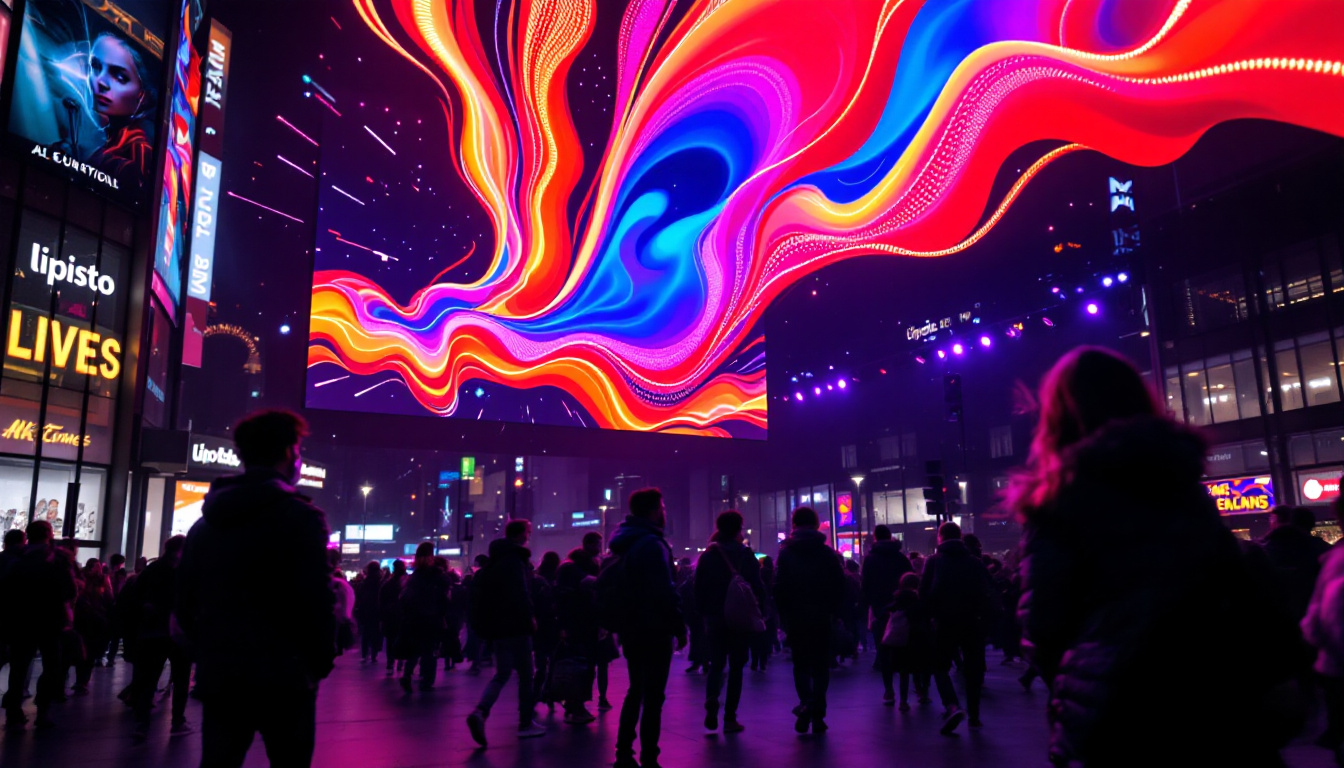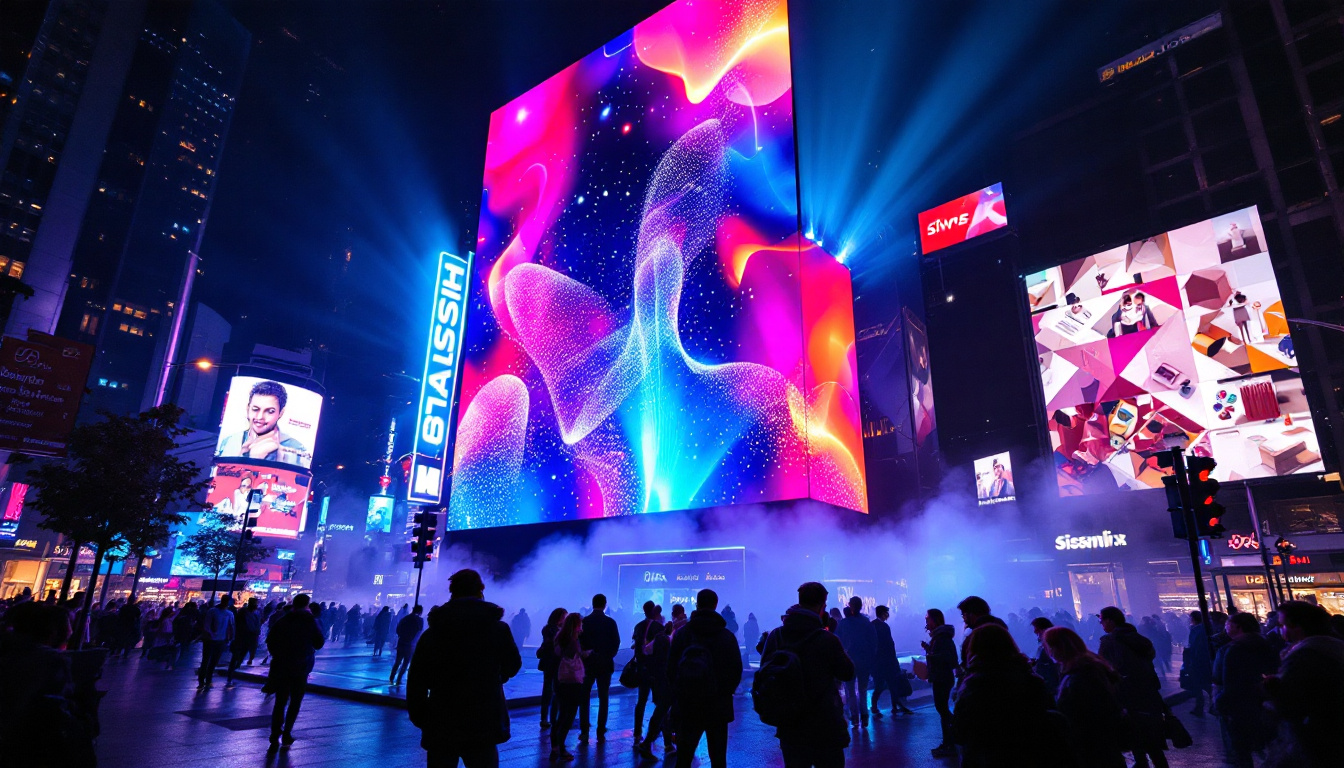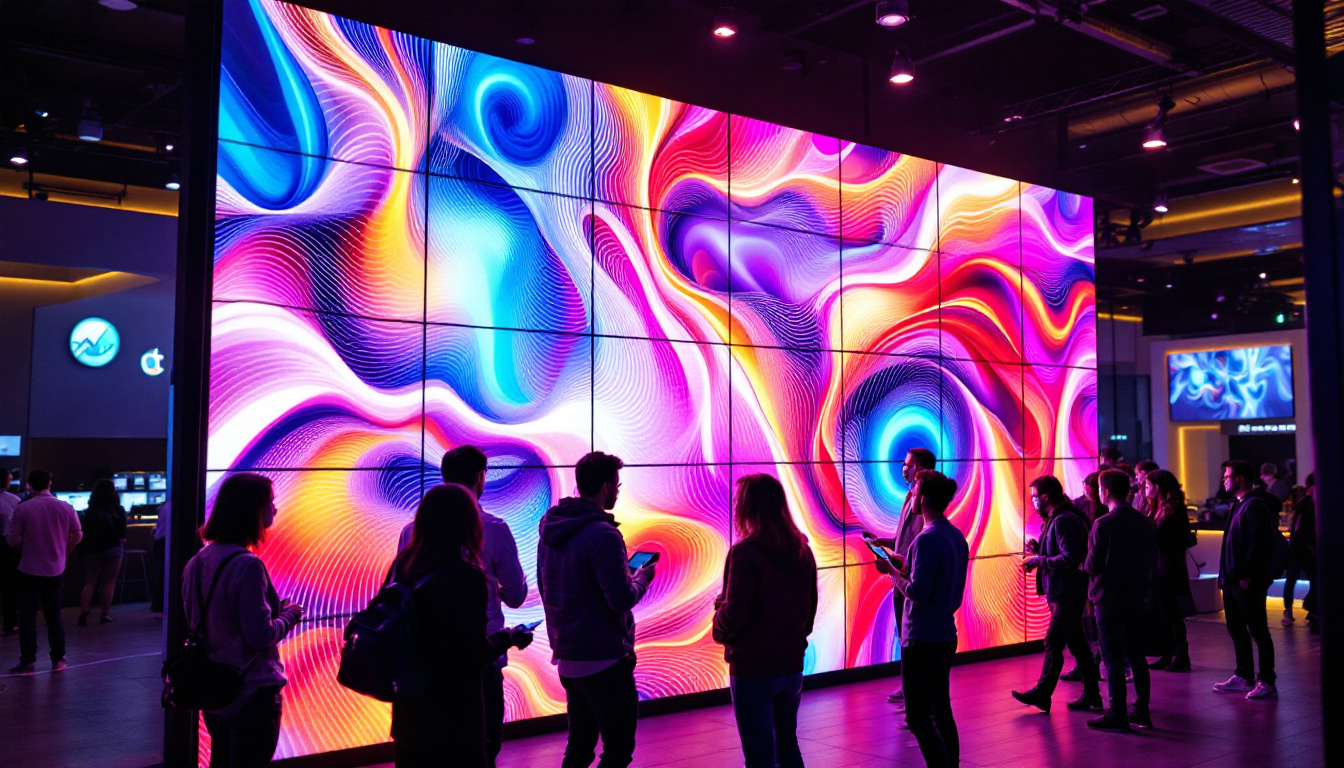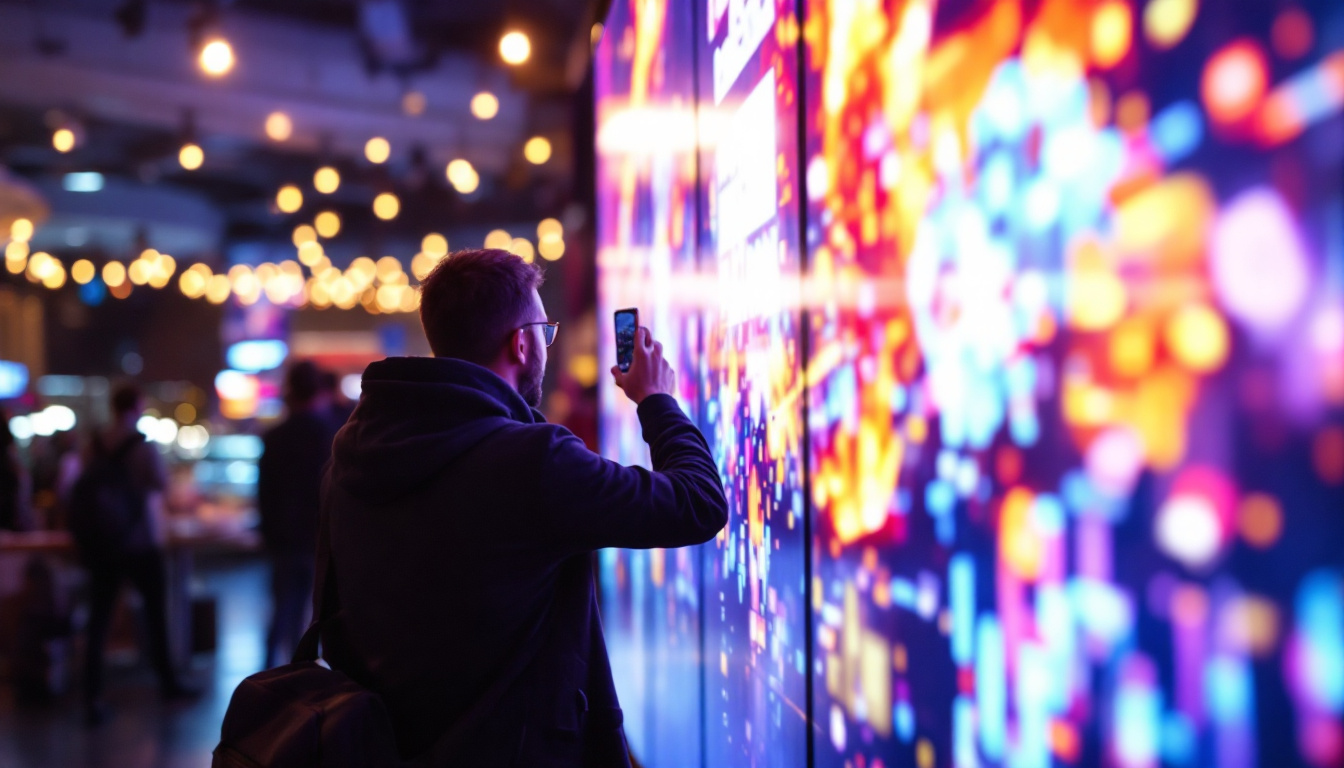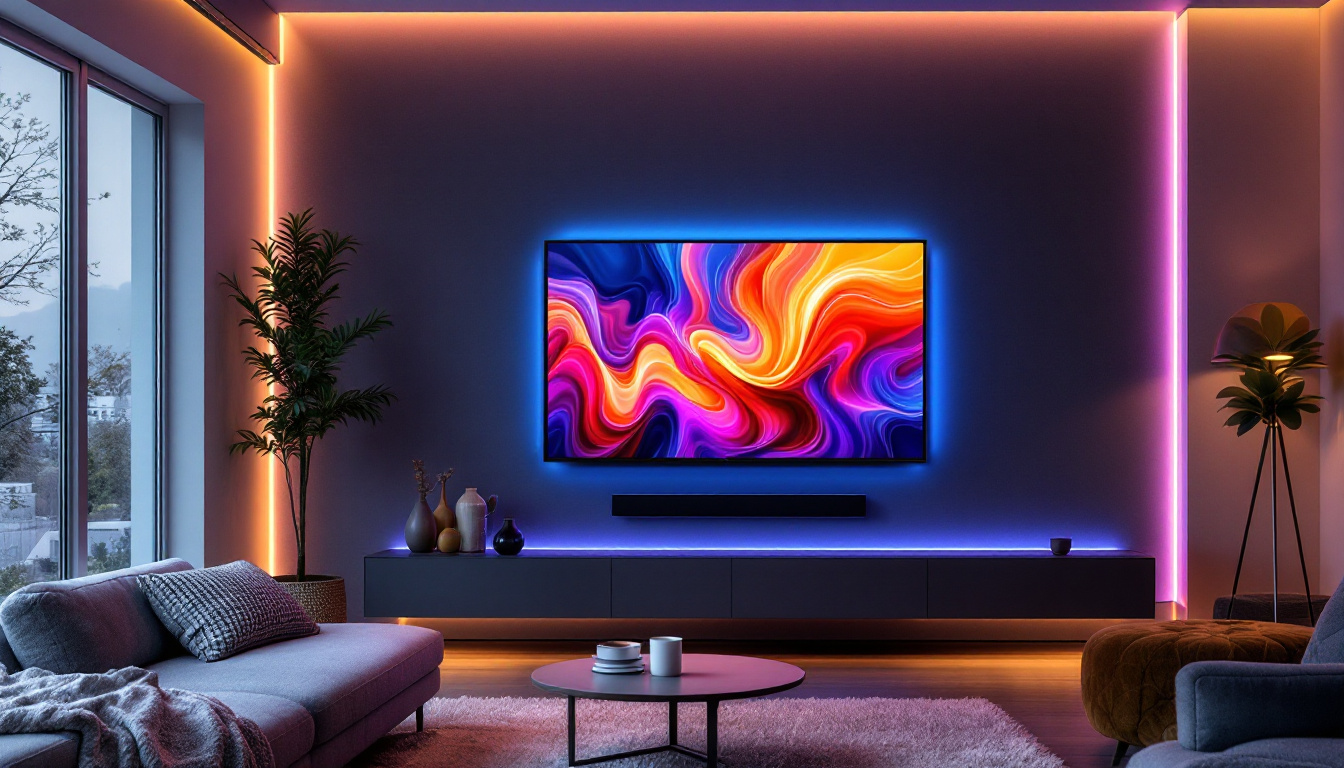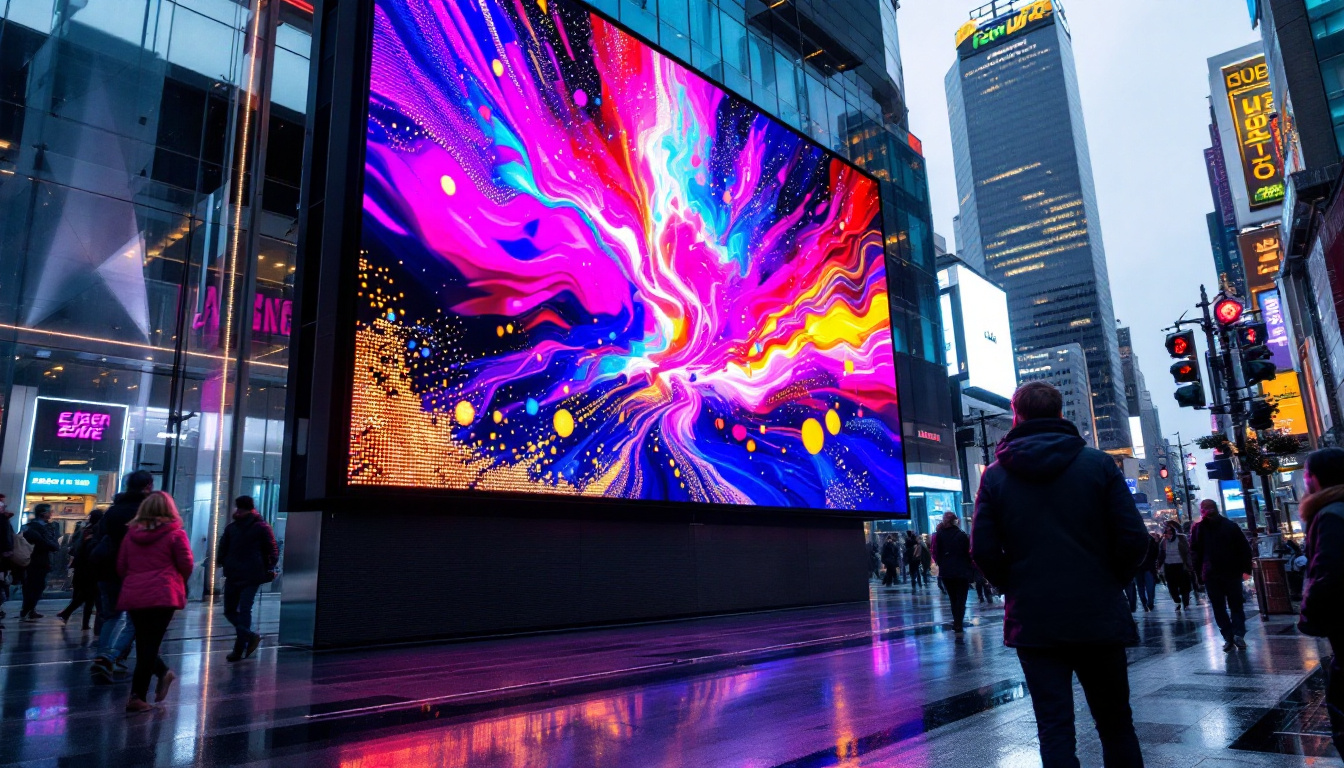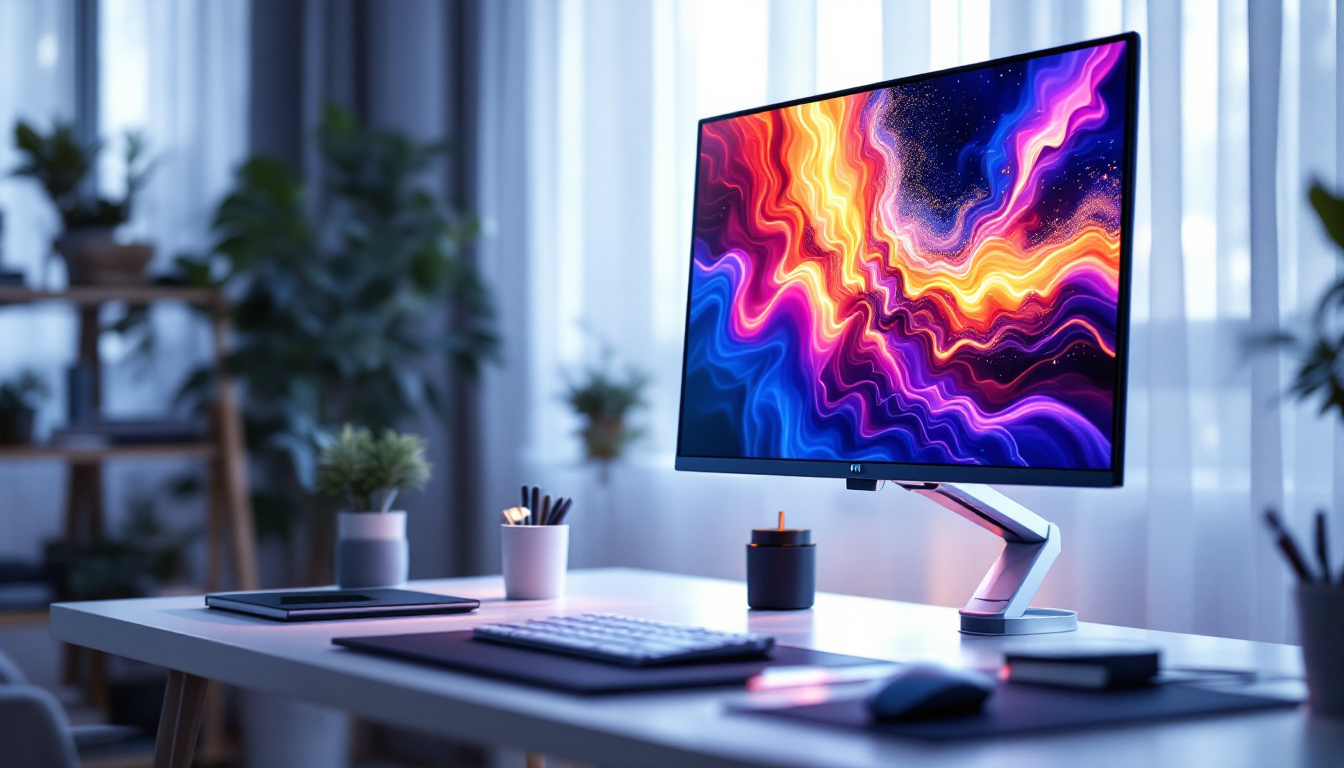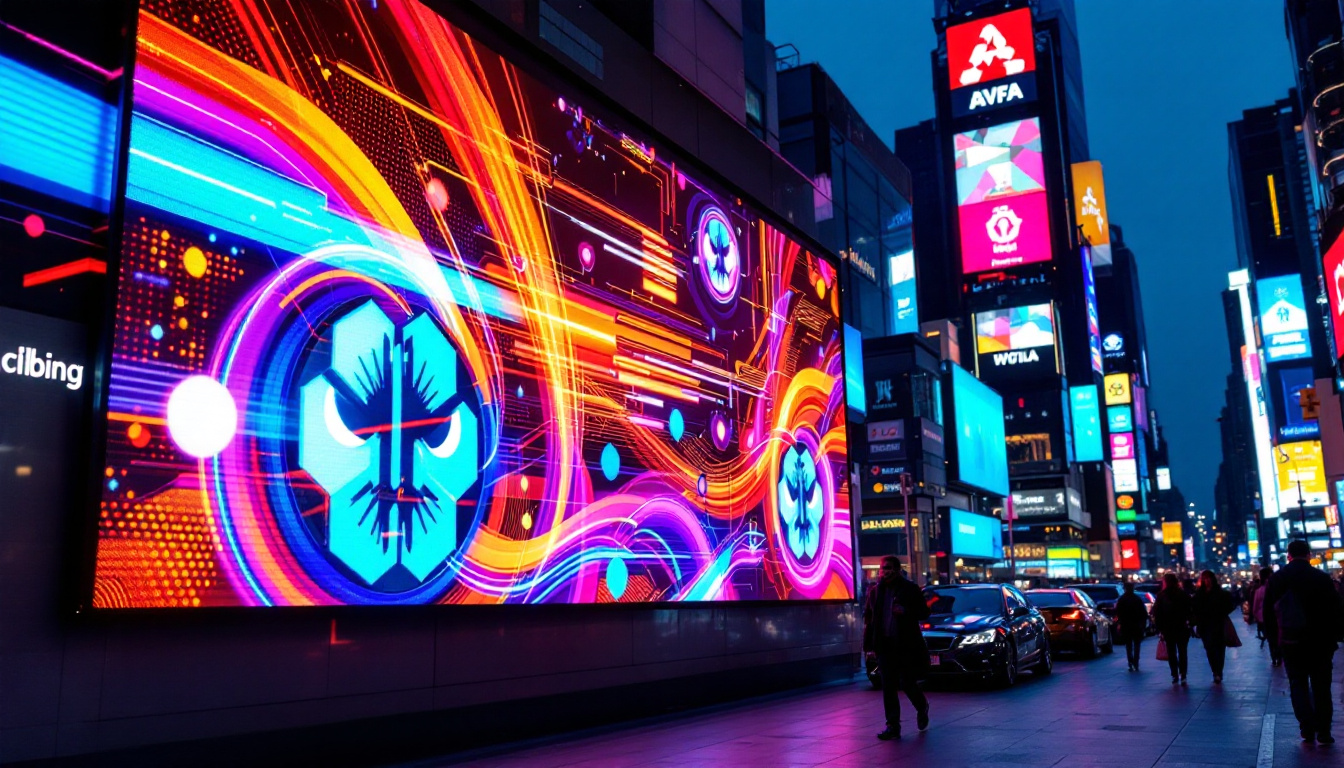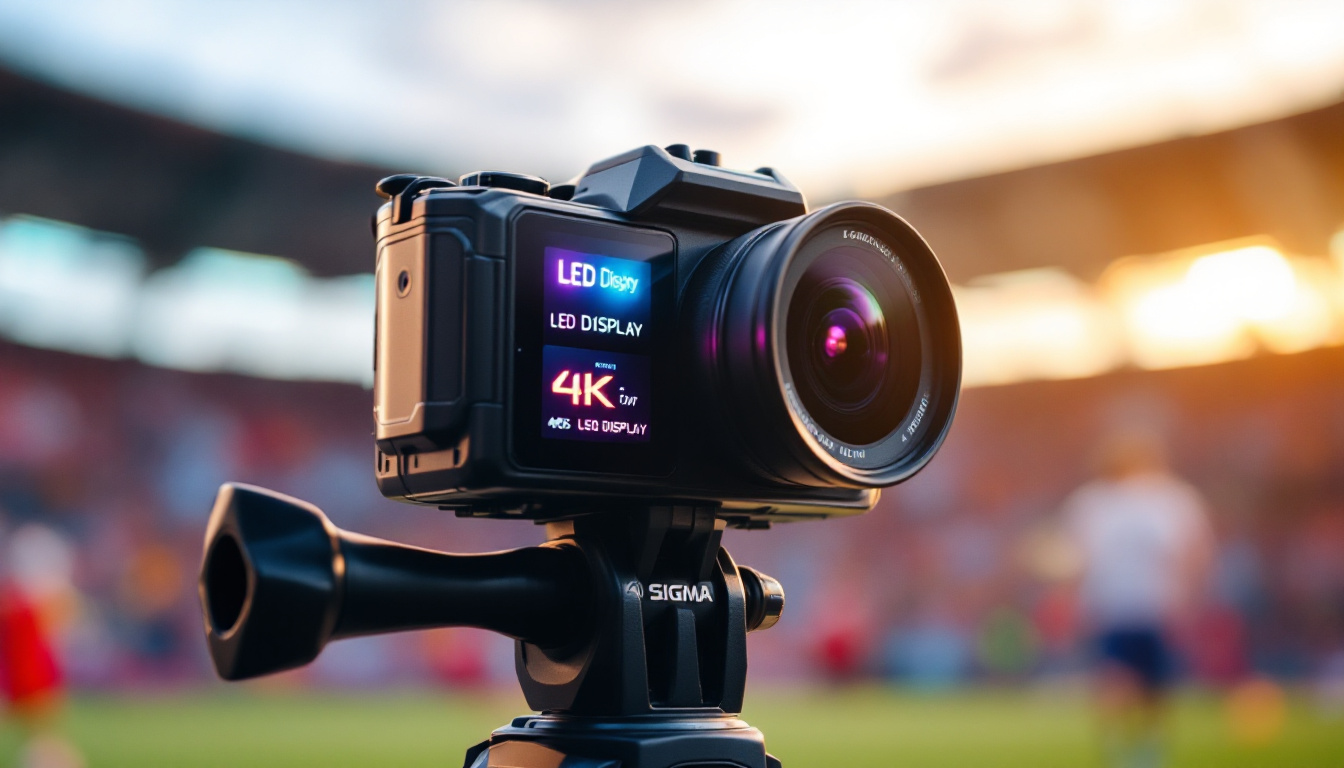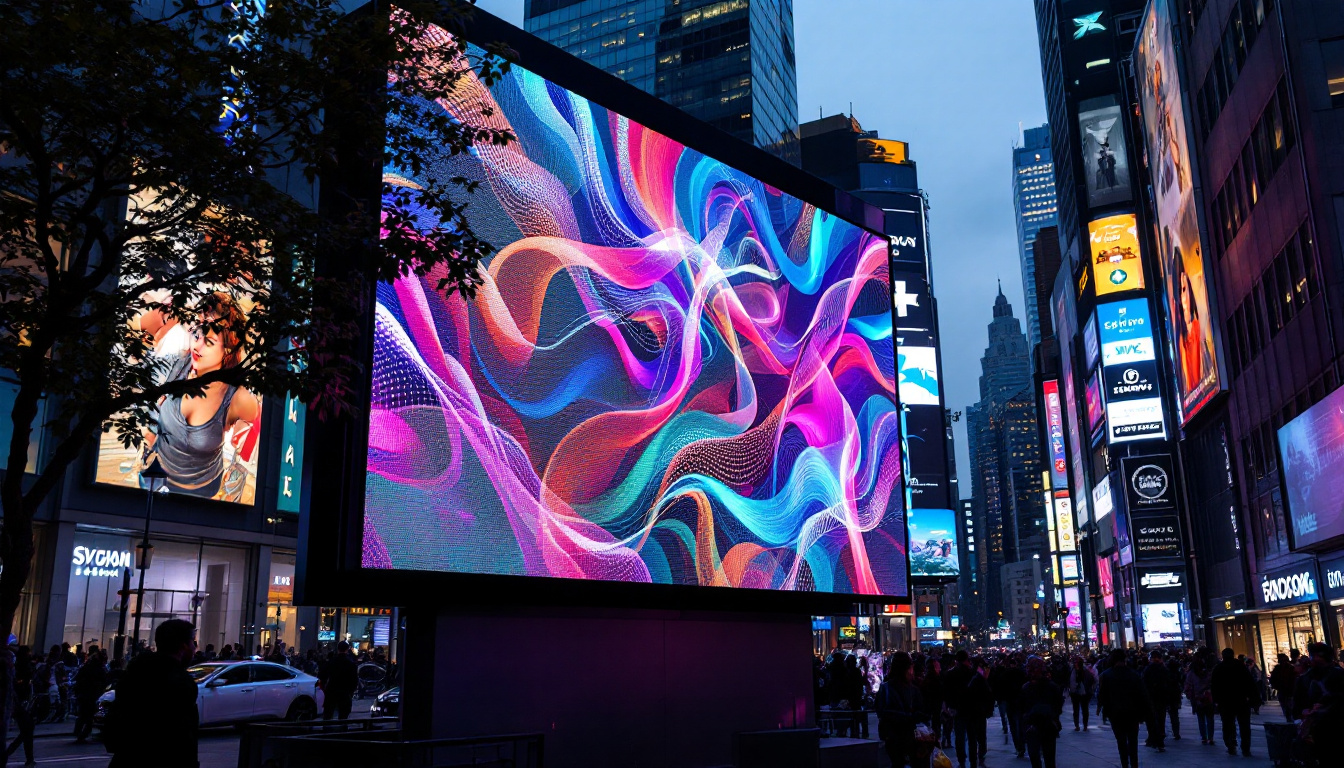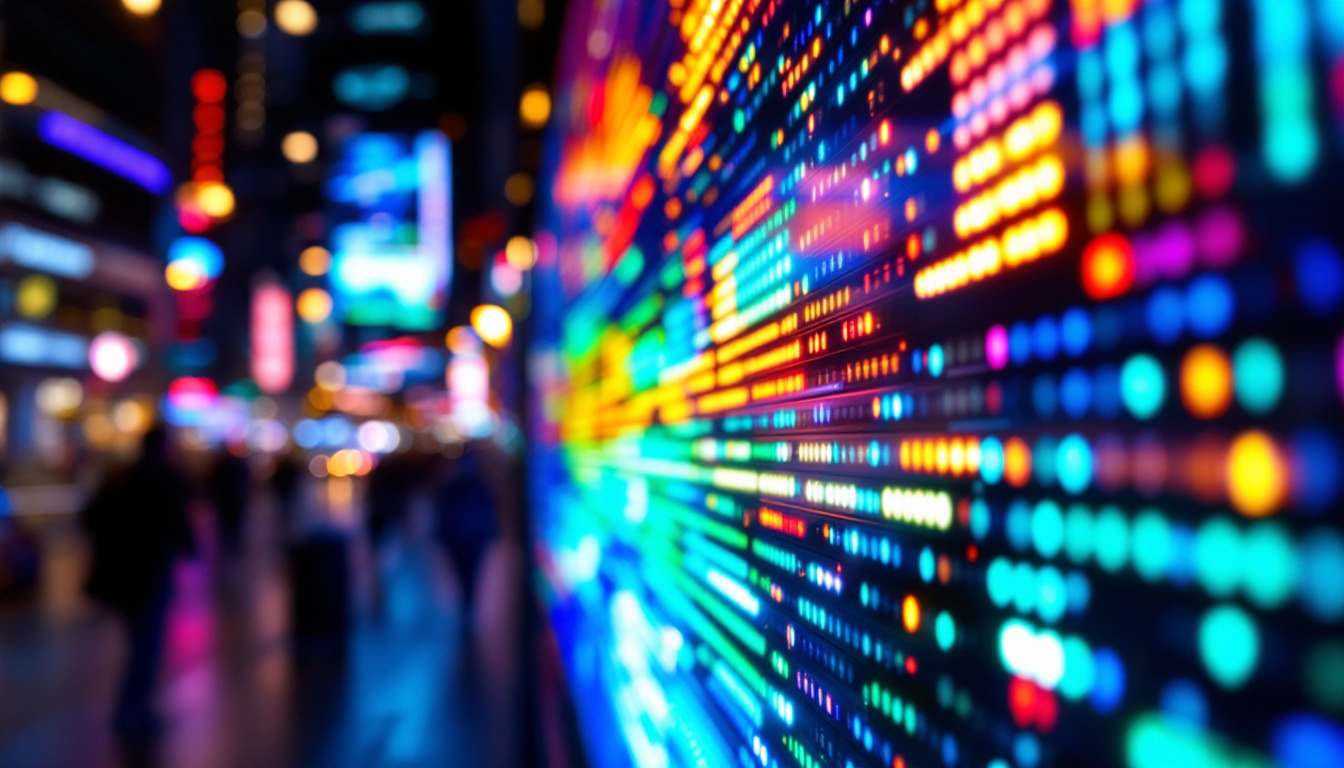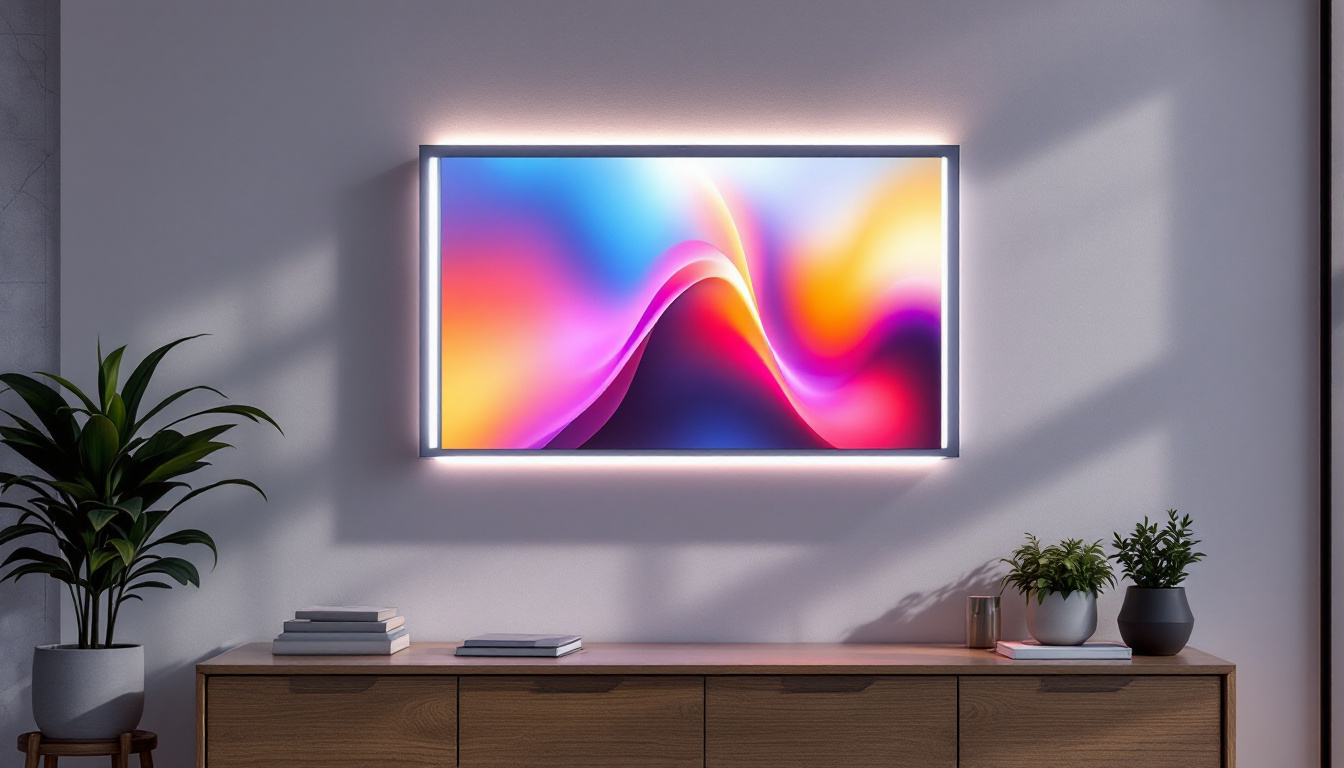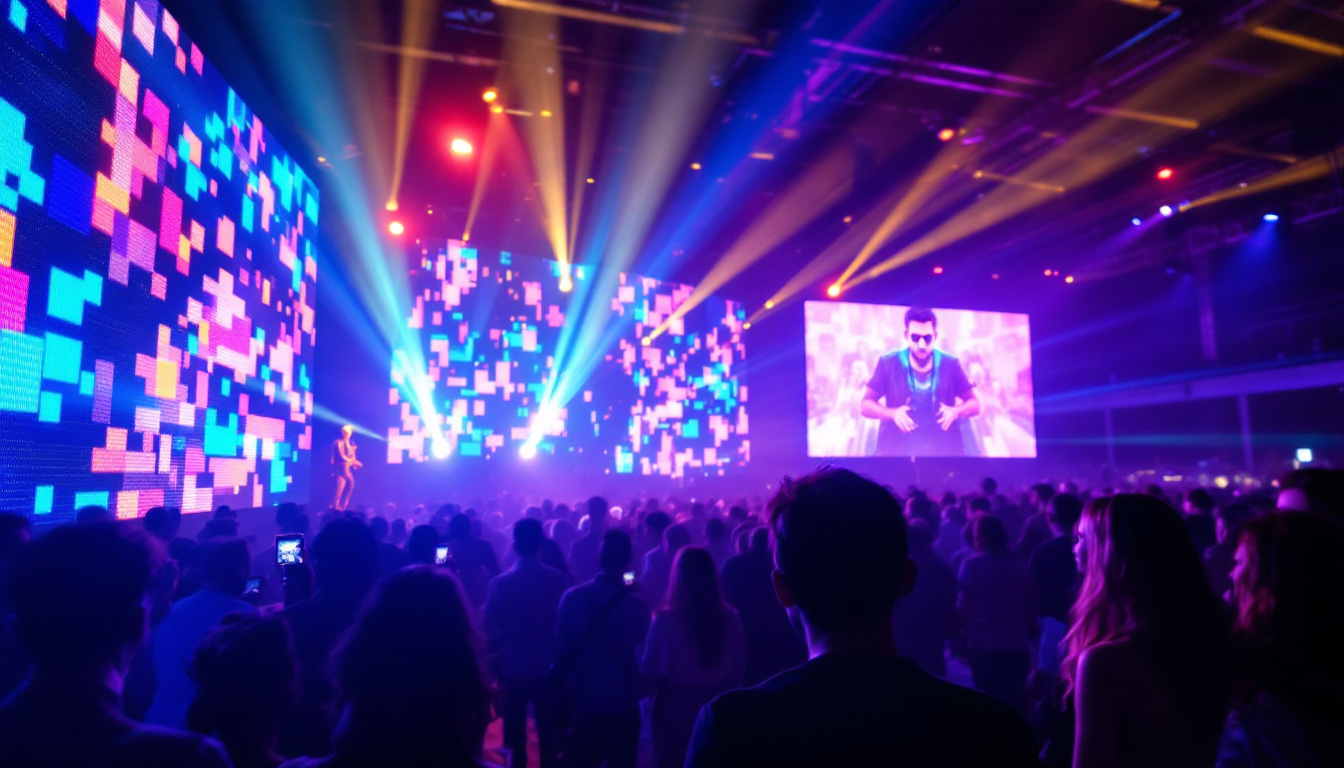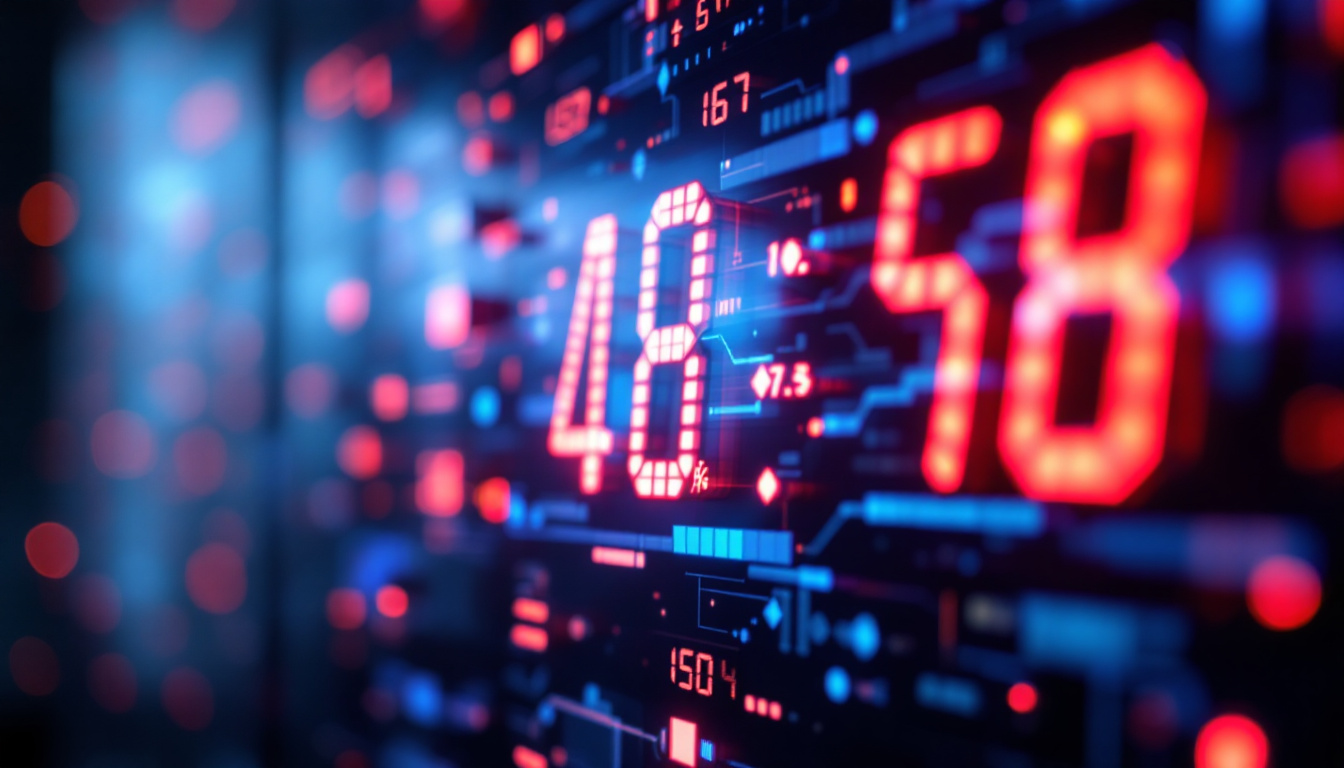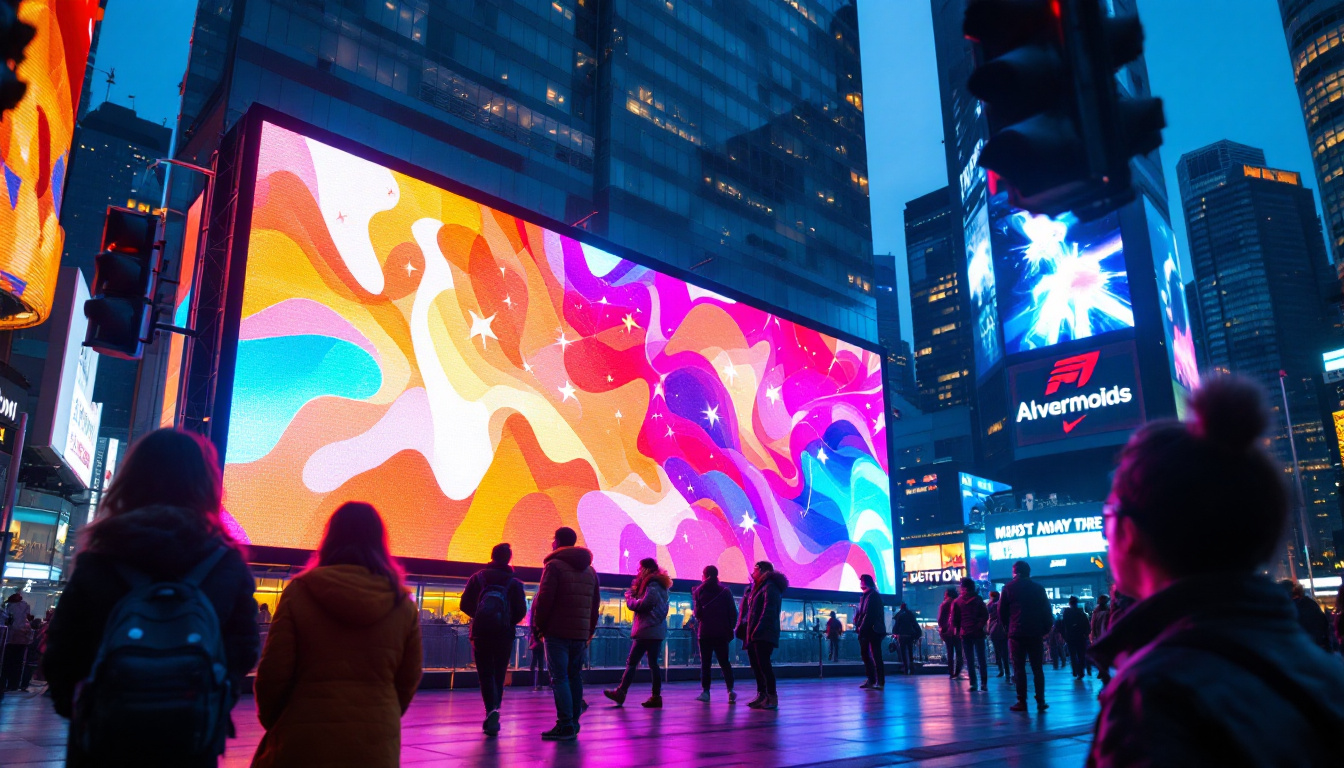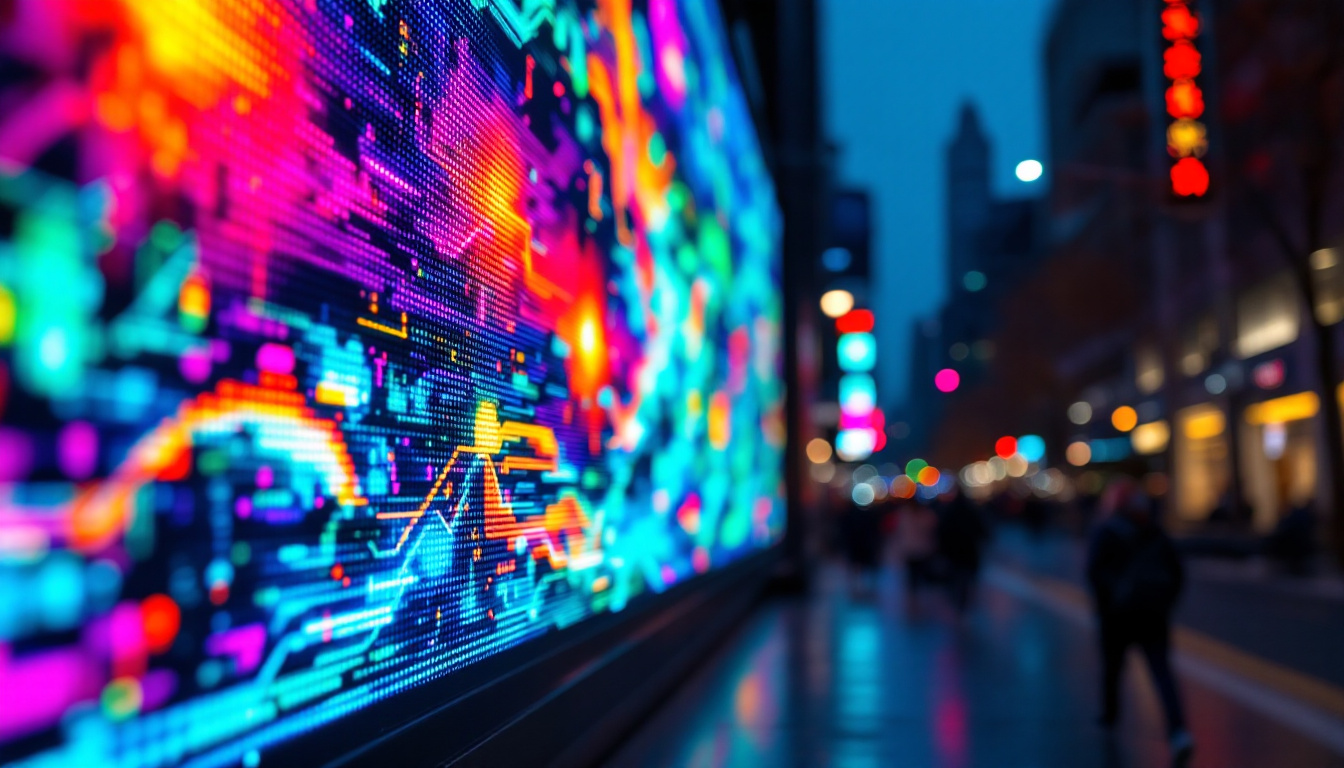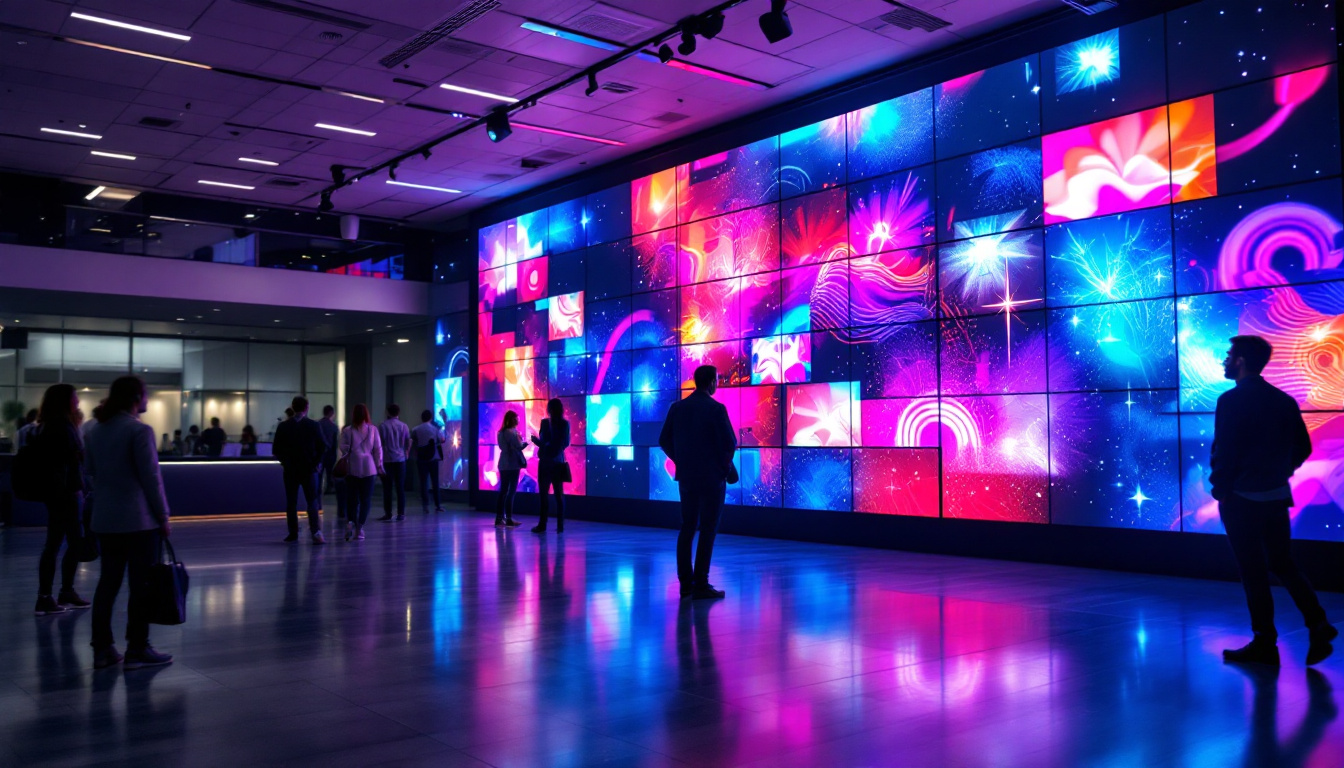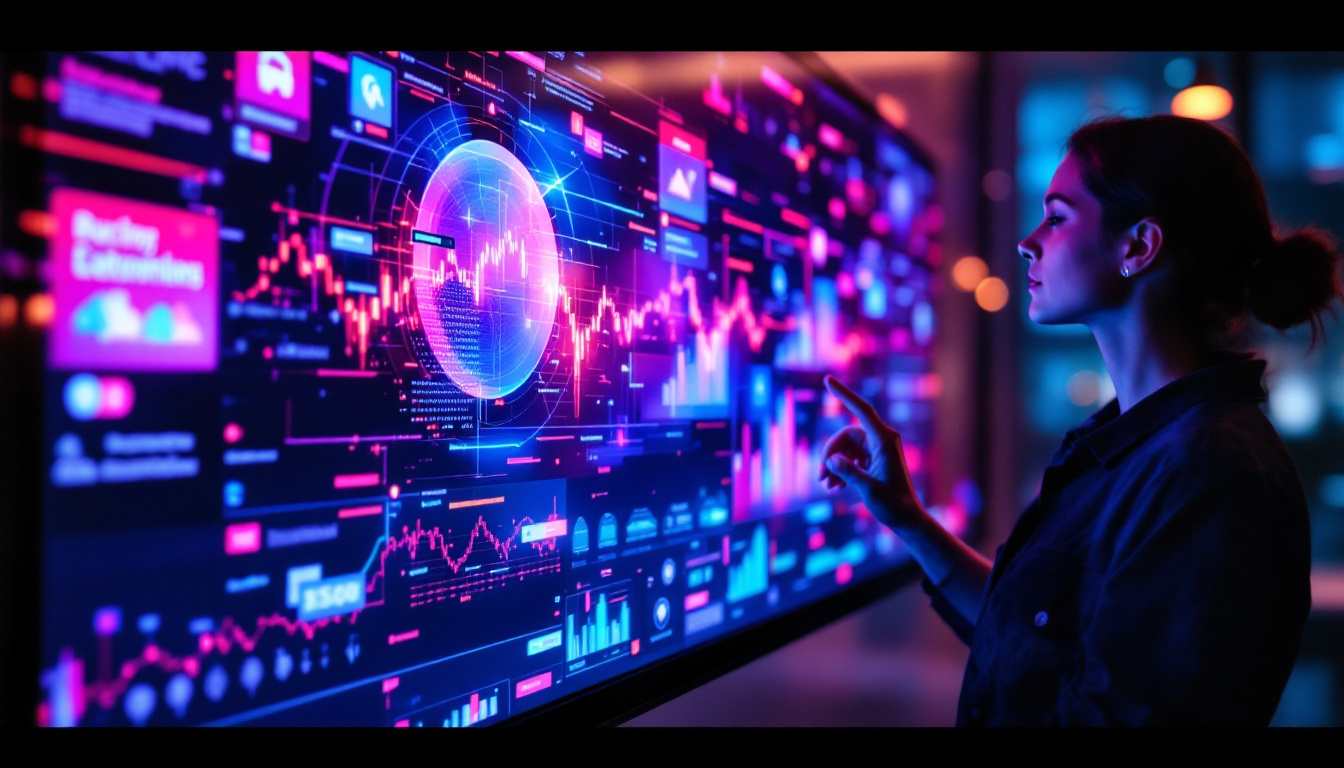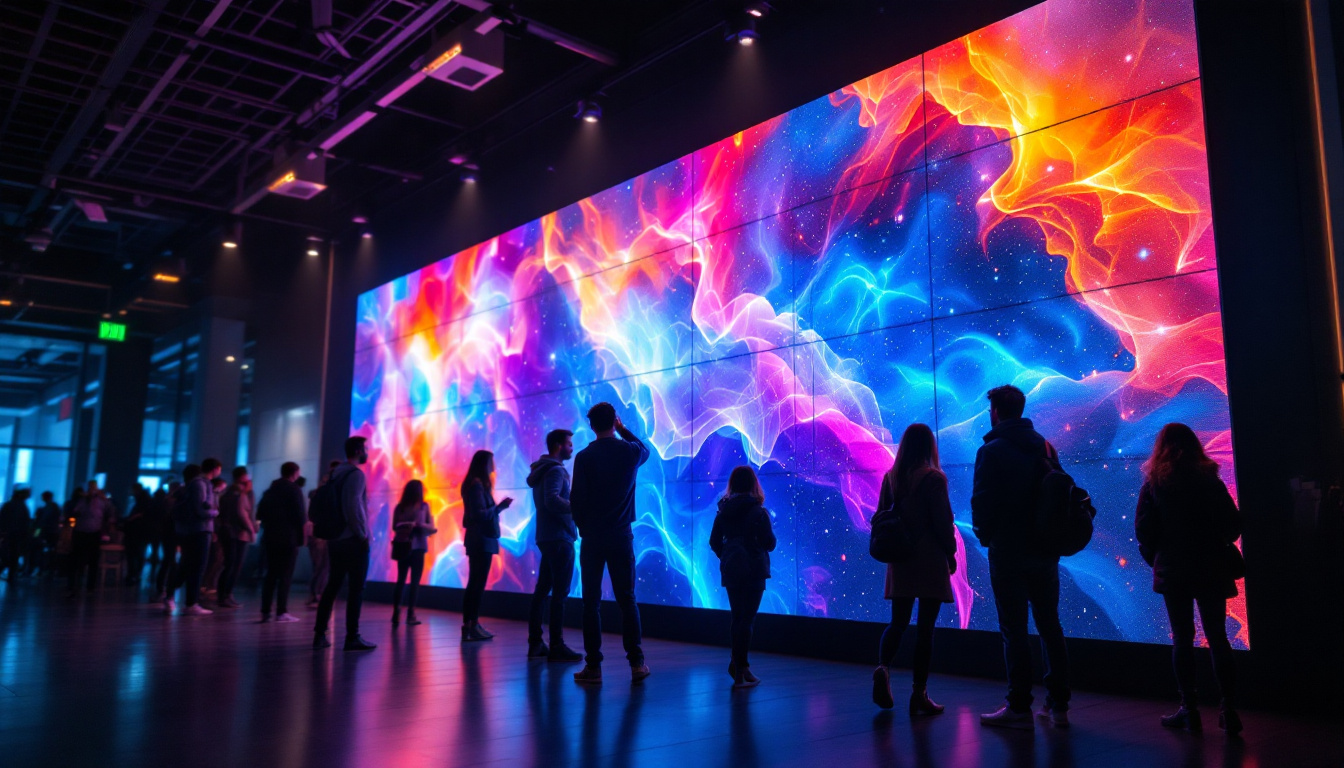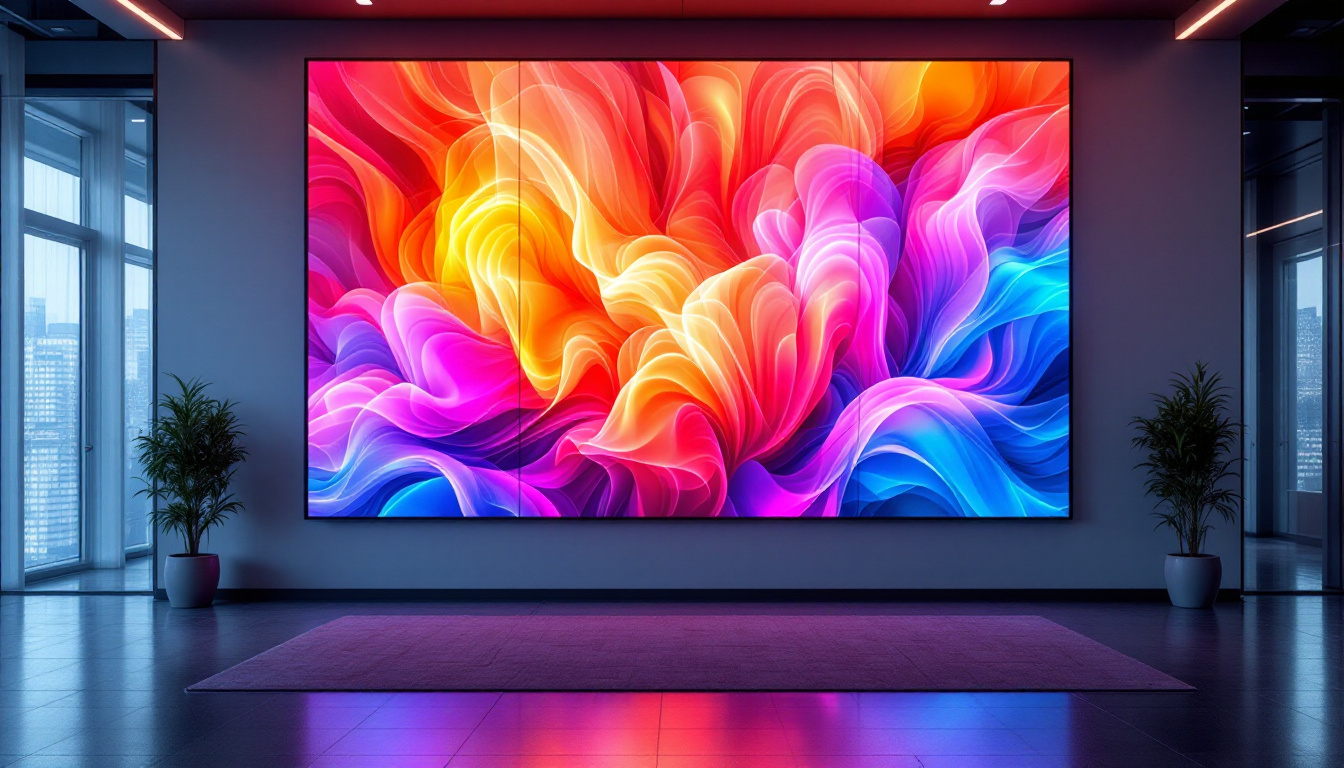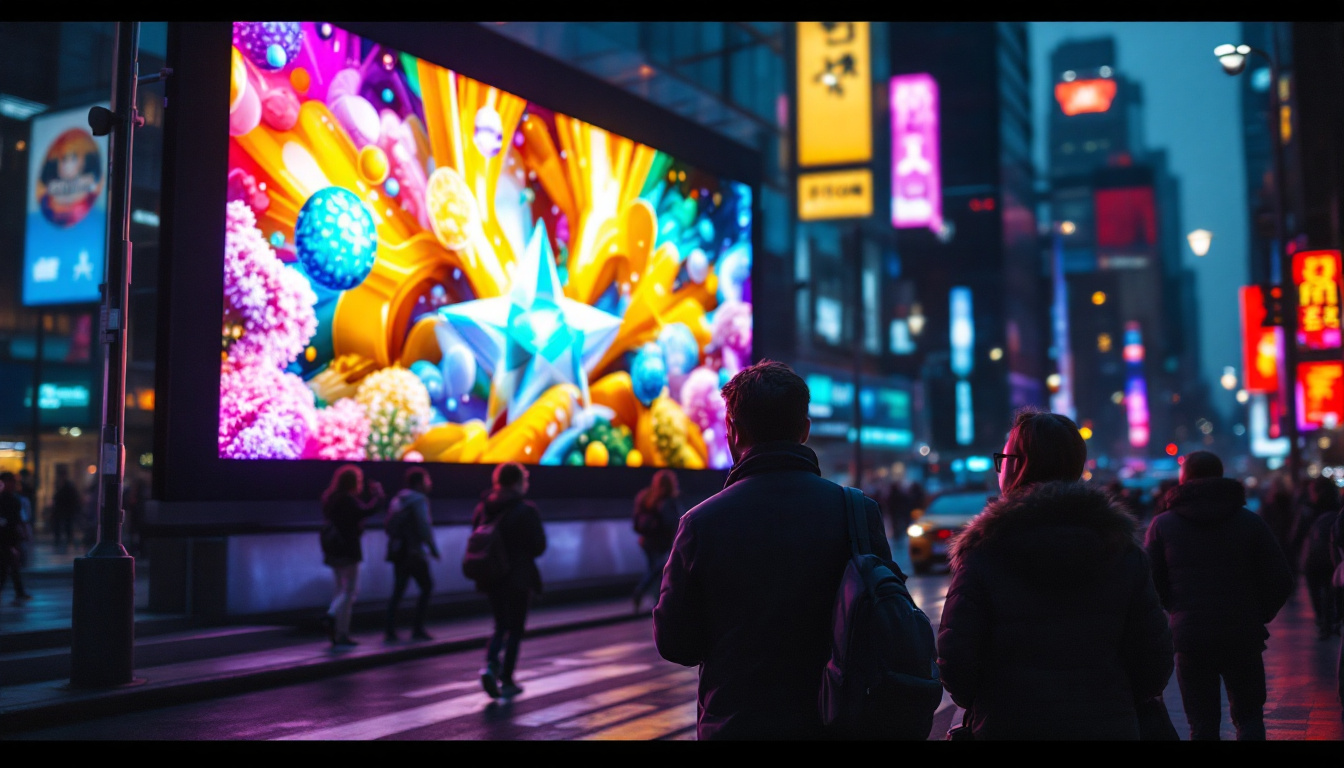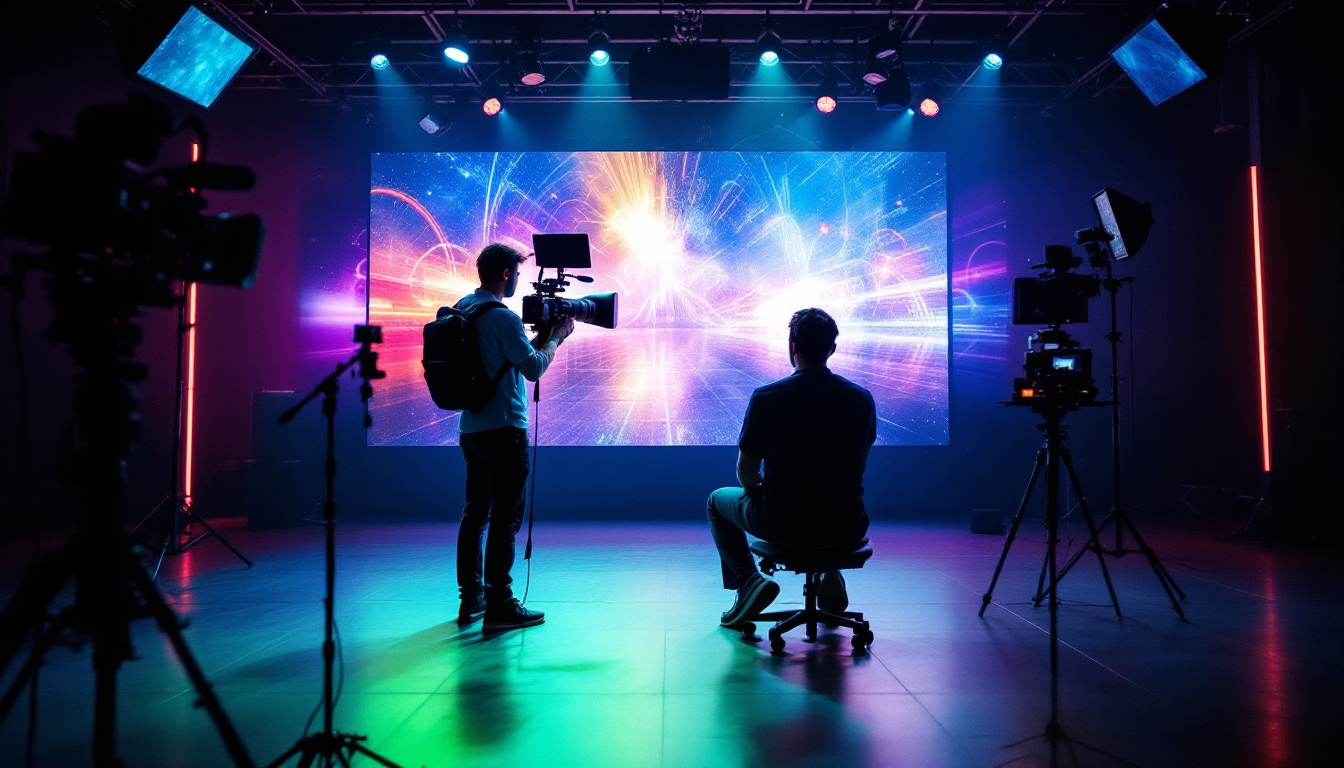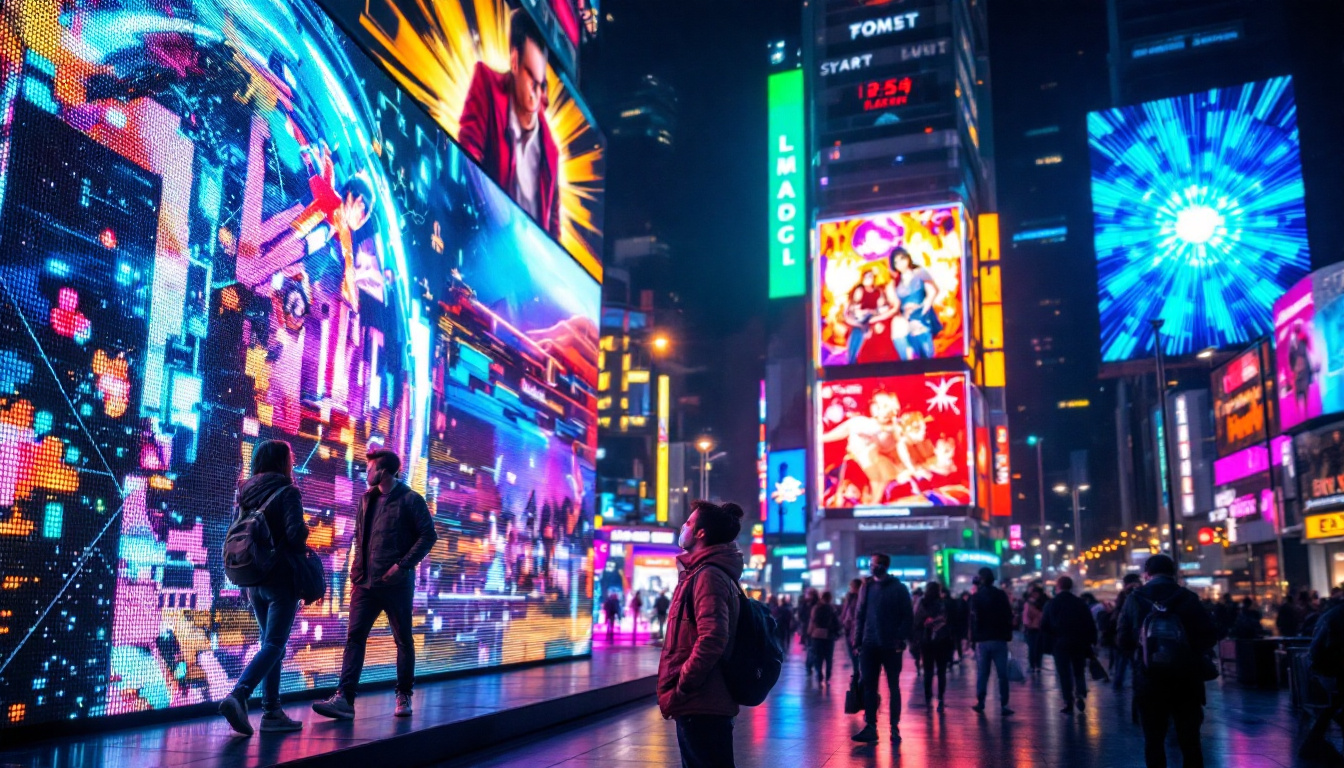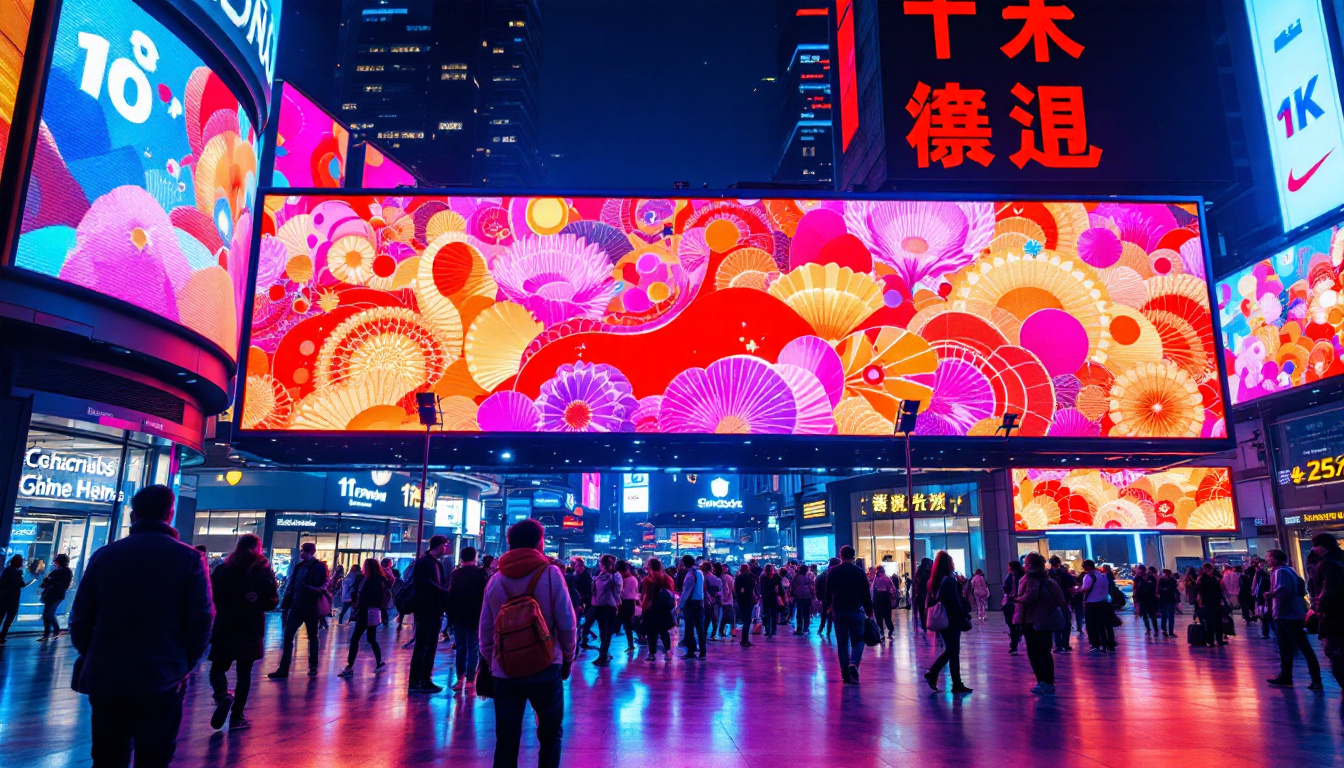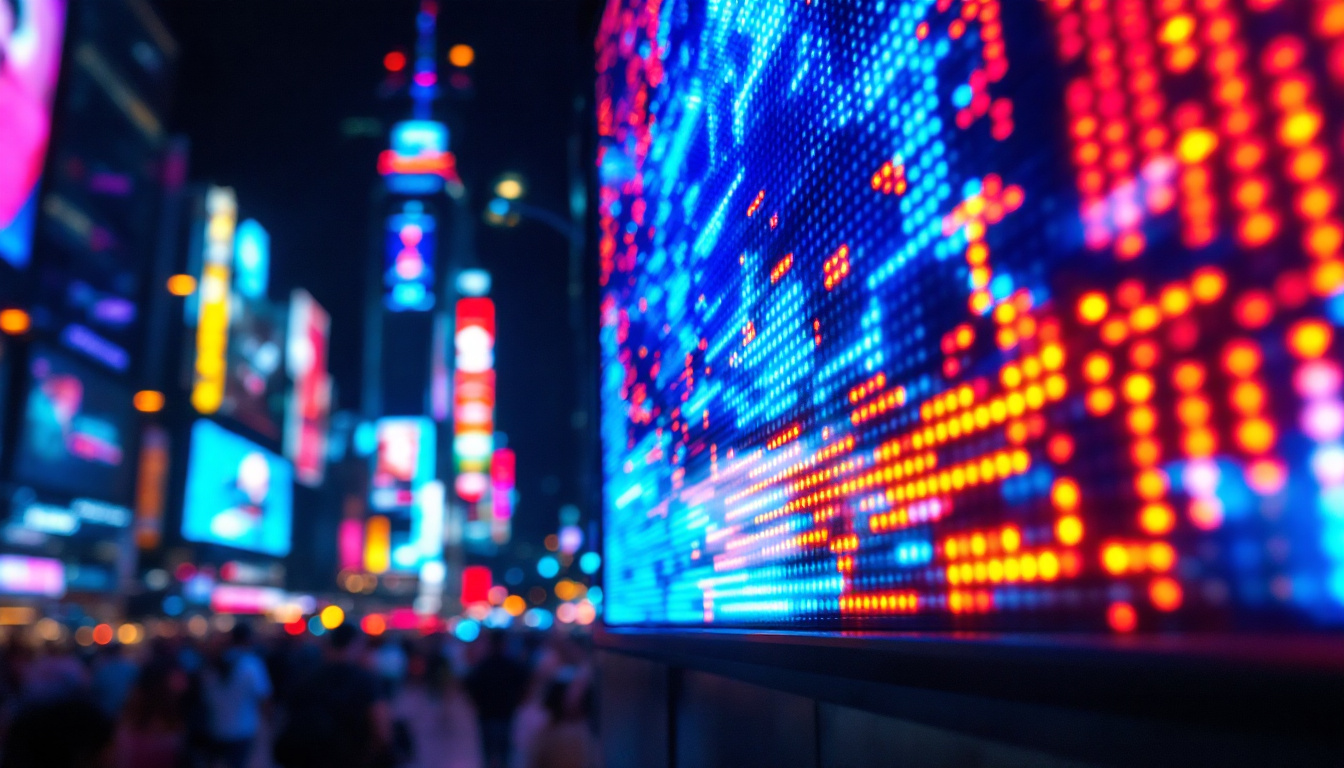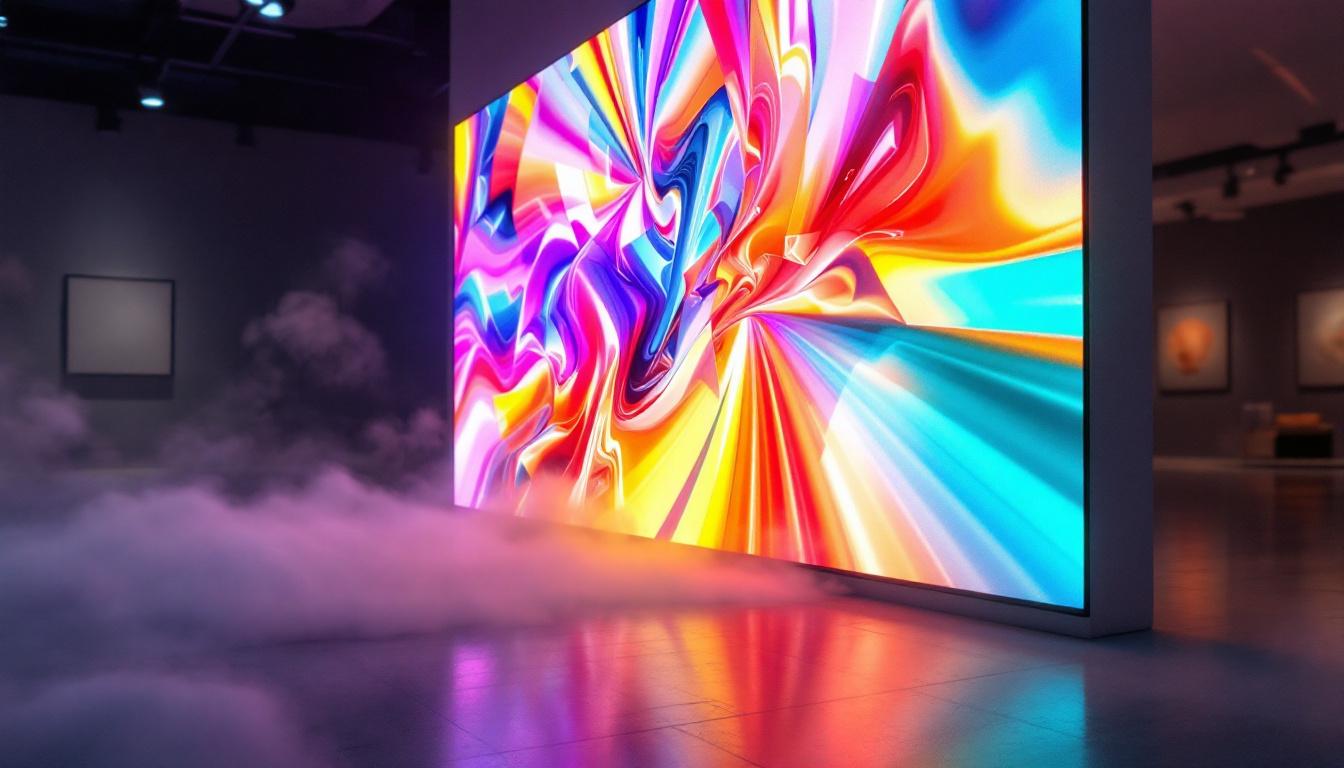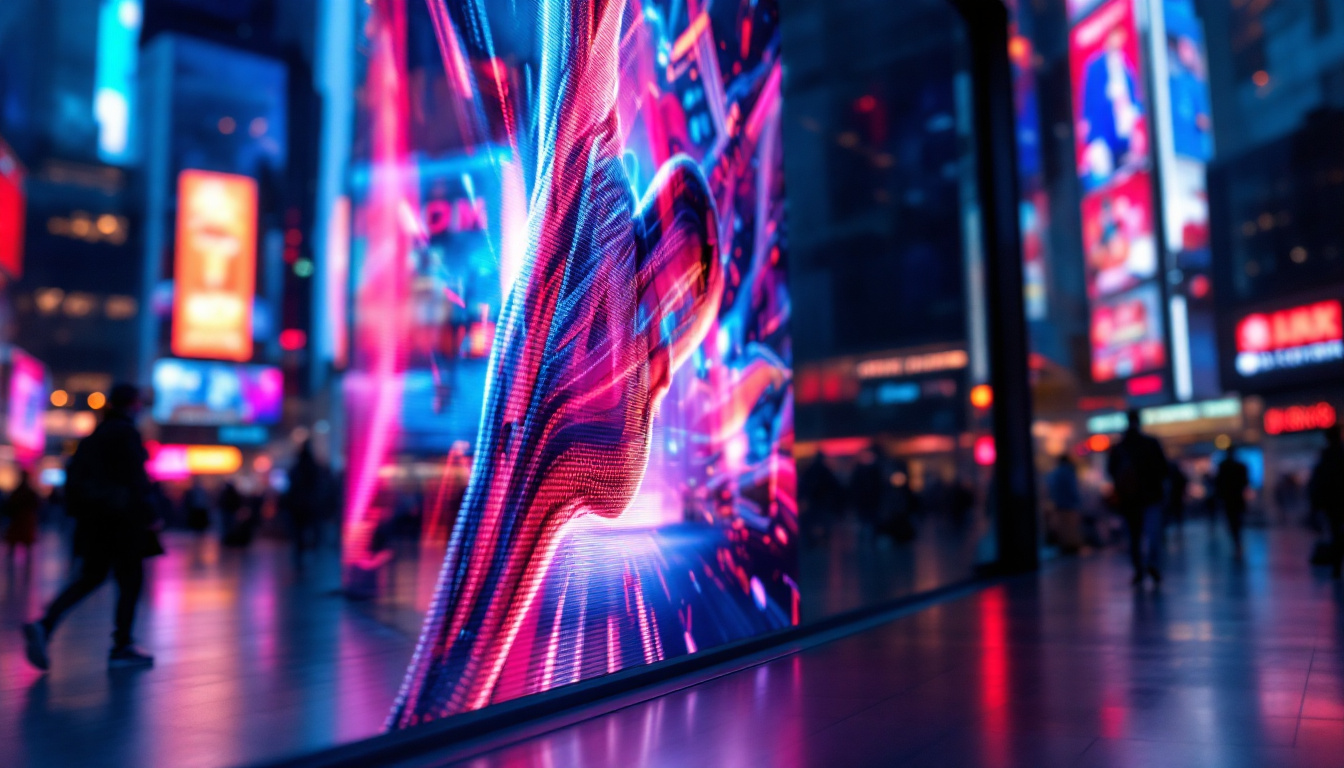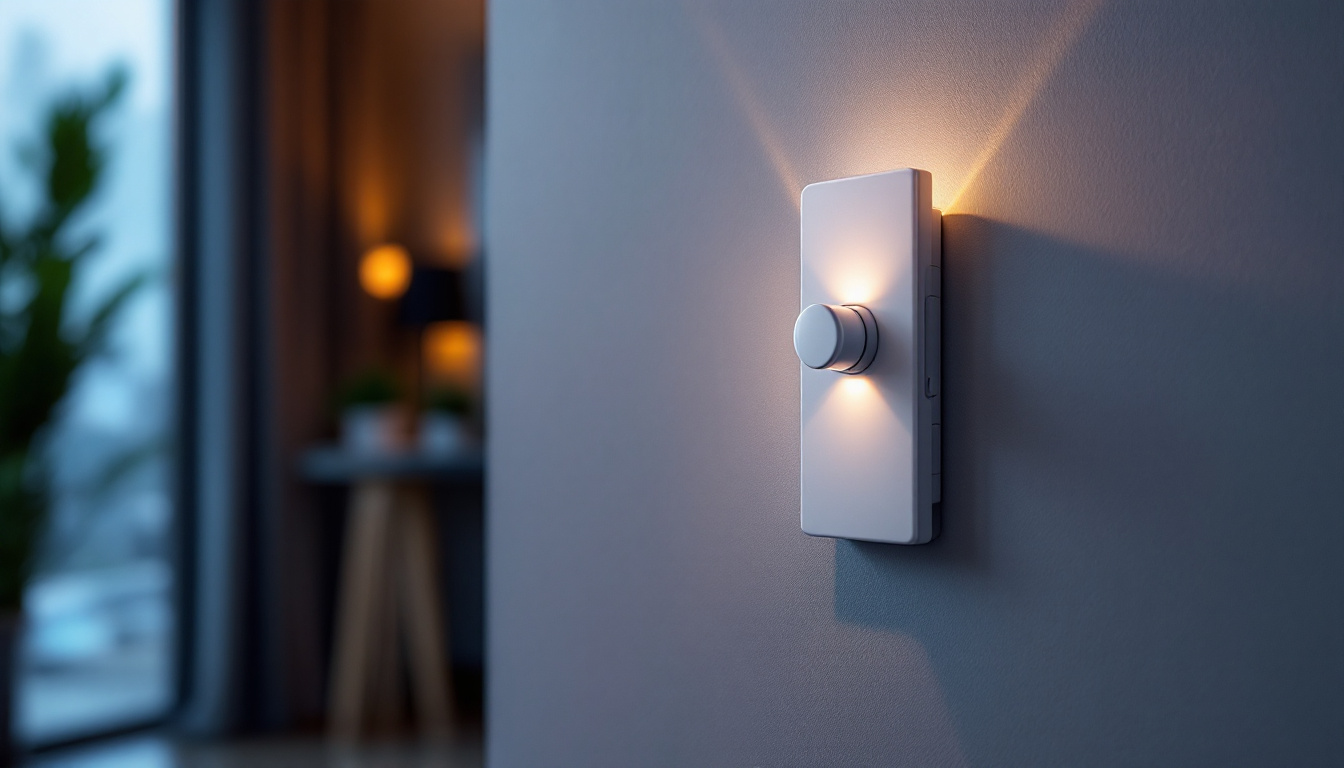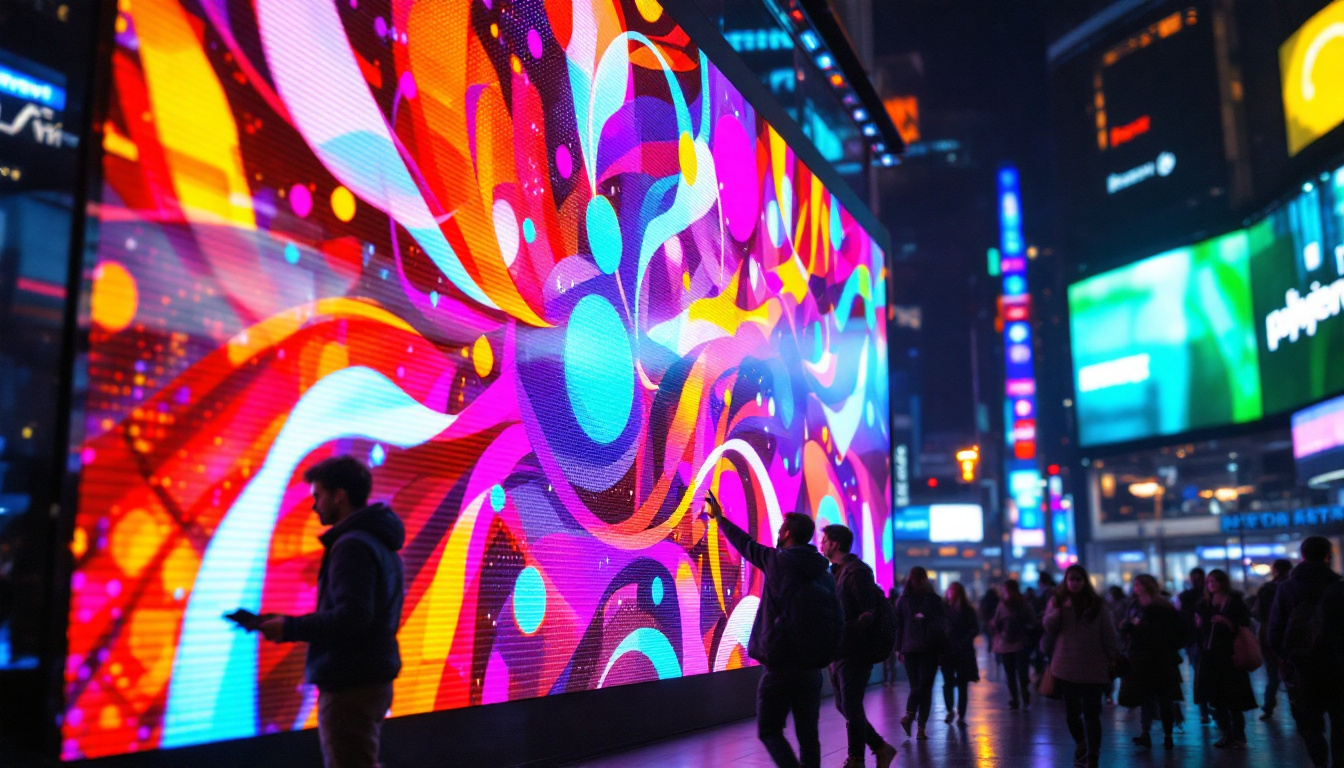In recent years, outdoor LED screens have become an integral part of modern advertising, entertainment, and information dissemination. These vibrant displays are not only eye-catching but also versatile, making them suitable for a wide range of applications. This article delves into the technology behind outdoor LED screens, their benefits, various types, and considerations for installation.
Understanding LED Technology
LED, or Light Emitting Diode, technology has revolutionized the way visual information is presented. Unlike traditional display technologies, LEDs offer superior brightness, energy efficiency, and longevity. Understanding how LED technology works is crucial for appreciating its applications in outdoor settings.
How LED Works
At its core, an LED is a semiconductor device that emits light when an electric current passes through it. This process, known as electroluminescence, allows LEDs to produce bright and colorful displays. The arrangement of these diodes in clusters or matrices forms the basis of an LED screen.
Outdoor LED screens typically consist of thousands of these tiny diodes, which can be individually controlled to create a wide spectrum of colors and images. This capability enables dynamic content display, making them ideal for advertising and entertainment venues. Furthermore, the modular design of LED panels allows for easy scalability; businesses can customize the size of their displays according to their specific needs, whether for a small event or a large-scale advertising campaign.
Advantages of LED Technology
One of the primary advantages of LED technology is its energy efficiency. LED screens consume significantly less power compared to traditional display technologies, such as LCD or plasma. This not only reduces operational costs but also minimizes environmental impact.
Additionally, LED displays are known for their durability and longevity. They can withstand harsh weather conditions, including rain, snow, and extreme temperatures, making them suitable for outdoor use. With proper maintenance, an LED screen can last for over a decade, providing a long-term solution for businesses and organizations. Moreover, the low heat emission of LEDs contributes to their longevity, as it reduces the risk of overheating, which can be a common issue with other display technologies. This characteristic not only enhances their lifespan but also contributes to lower cooling costs in environments where ventilation is a concern.
Another significant advantage of LED technology is its versatility in application. From large stadium screens to digital billboards and even architectural lighting, LEDs can be adapted to a variety of settings. Their ability to produce high-resolution images and videos makes them particularly appealing for events like concerts or sports games, where clear visibility is paramount. Additionally, advancements in LED technology have led to the development of flexible and transparent displays, opening up new possibilities for innovative design in advertising and public art installations.
Applications of Outdoor LED Screens
Outdoor LED screens are employed in a variety of settings, each with unique requirements and benefits. Their versatility makes them a popular choice across different industries.
Advertising and Marketing
One of the most common applications of outdoor LED screens is in advertising. Businesses use these displays to showcase promotions, product launches, and brand messages. The ability to change content quickly and easily allows advertisers to target specific audiences and adapt their messaging in real-time.
High-definition LED screens can display vibrant visuals that capture attention, making them more effective than traditional static billboards. The dynamic nature of LED advertising can significantly enhance brand visibility and engagement.
Entertainment and Events
Outdoor LED screens are also widely used in the entertainment industry. Concerts, festivals, and sporting events often feature large LED displays to provide audiences with a better viewing experience. These screens can display live feeds, replays, and additional content, enhancing the overall atmosphere of the event.
Moreover, outdoor cinemas have gained popularity, with LED screens providing a high-quality viewing experience for moviegoers. The ability to display bright and clear images even in daylight makes LED technology an ideal choice for outdoor film screenings.
Information Dissemination
Municipalities and organizations use outdoor LED screens for public information dissemination. These displays can convey important messages, such as traffic updates, weather alerts, and community announcements. The real-time nature of LED screens ensures that the information is current and relevant.
In transportation hubs, such as airports and train stations, LED displays provide travelers with essential information, including arrival and departure times, gate changes, and delays. This functionality enhances the overall efficiency of public transportation systems.
Types of Outdoor LED Screens
Outdoor LED screens come in various types, each designed for specific applications and environments. Understanding these types can help businesses choose the right display for their needs.
Fixed LED Displays
Fixed LED displays are permanently installed in a specific location. These screens are typically used for advertising, information dissemination, and event broadcasting. They are designed to be durable and weather-resistant, ensuring consistent performance in outdoor environments.
Fixed LED displays can range in size from small signs to massive billboards, making them adaptable to different advertising spaces. Their high resolution and brightness levels allow for clear visibility, even in direct sunlight.
Mobile LED Displays
Mobile LED displays are versatile and can be transported to various locations. These screens are often mounted on trailers or trucks, making them ideal for events, promotions, and temporary advertising campaigns. Their mobility allows businesses to reach different audiences and maximize exposure.
Mobile LED displays are particularly popular for outdoor events, as they can be set up quickly and easily. They can also be used for live broadcasts, ensuring that audiences have a clear view of the action, no matter where they are positioned.
Rental LED Displays
Rental LED displays are designed for short-term use, often for events such as concerts, festivals, and corporate gatherings. These screens are typically rented from specialized companies and can be customized to fit the specific needs of an event.
Rental LED displays offer flexibility in terms of size and configuration, allowing event organizers to create the desired visual impact. They are often equipped with advanced technology, ensuring high-quality visuals and seamless integration with audio systems.
Considerations for Installing Outdoor LED Screens
When planning to install an outdoor LED screen, several factors must be taken into account to ensure optimal performance and effectiveness. From location to maintenance, each aspect plays a crucial role in the success of the installation.
Location and Visibility
The location of the outdoor LED screen is paramount. It should be placed in an area with high foot traffic or visibility to maximize exposure. Factors such as surrounding structures, natural light, and viewing angles should be considered to ensure that the display is easily seen by the target audience.
Moreover, the distance from which the screen will be viewed can influence the resolution required. Higher resolutions are necessary for screens viewed from a close distance, while lower resolutions may suffice for larger displays viewed from afar.
Weather Resistance and Durability
Given the outdoor setting, it is essential to choose LED screens that are designed to withstand various weather conditions. Look for displays with IP ratings that indicate their level of protection against dust and moisture. A higher IP rating ensures that the screen remains operational even in adverse weather.
Additionally, the materials used in the construction of the screen should be durable and UV-resistant to prevent fading and deterioration over time. Investing in high-quality components will ensure a longer lifespan and better performance.
Maintenance and Support
Regular maintenance is crucial for the longevity and performance of outdoor LED screens. Establishing a maintenance schedule that includes cleaning, inspections, and software updates can help prevent issues and ensure optimal functionality.
Moreover, consider the availability of technical support from the manufacturer or installation company. Having access to prompt assistance can be invaluable in addressing any technical difficulties that may arise.
Future Trends in Outdoor LED Technology
The outdoor LED display market is continuously evolving, with new technologies and trends emerging to enhance performance and functionality. Keeping an eye on these trends can help businesses stay ahead of the curve and leverage the latest innovations.
Advancements in Resolution and Brightness
As technology progresses, outdoor LED screens are becoming increasingly high-resolution, allowing for more detailed and vibrant displays. Advancements in pixel pitch technology enable manufacturers to produce screens with smaller pixel sizes, resulting in sharper images even at close viewing distances.
Moreover, improvements in brightness levels are making LED screens more effective in various lighting conditions. Enhanced brightness ensures that content remains visible and impactful, even in direct sunlight or during nighttime events.
Integration with Smart Technology
The integration of smart technology into outdoor LED displays is another trend gaining momentum. Features such as remote monitoring, automated content scheduling, and data analytics are becoming standard in modern LED screens.
These capabilities allow businesses to optimize their advertising strategies, monitor performance in real-time, and make data-driven decisions. The ability to update content remotely also enhances flexibility and responsiveness to market changes.
Environmental Sustainability
As sustainability becomes a priority for many organizations, the outdoor LED display industry is also focusing on eco-friendly practices. Energy-efficient designs, recyclable materials, and sustainable manufacturing processes are becoming more prevalent.
Investing in environmentally friendly LED technology not only reduces carbon footprints but also appeals to increasingly eco-conscious consumers. This trend is expected to shape the future of outdoor advertising and information dissemination.
Conclusion
Outdoor LED screens are a powerful tool for communication, advertising, and entertainment. Their vibrant displays, energy efficiency, and versatility make them an attractive option for various applications. Understanding the technology, types, and considerations for installation can help businesses make informed decisions when investing in LED displays.
As the technology continues to evolve, staying abreast of trends and advancements will ensure that organizations can leverage outdoor LED screens to their fullest potential. Whether for advertising, entertainment, or information dissemination, outdoor LED screens are set to play a crucial role in shaping the future of visual communication.
Discover LumenMatrix LED Display Solutions
Ready to elevate your outdoor visual communication? LumenMatrix is at the forefront of LED display innovation, offering a comprehensive range of solutions tailored to your needs. From mesmerizing Outdoor LED Wall Displays to dynamic Vehicle LED Displays and beyond, our technology is designed to captivate and engage your audience. Embrace the future of advertising, entertainment, and information dissemination with our cutting-edge LED displays. Check out LumenMatrix LED Display Solutions today and transform your visual storytelling with unparalleled clarity and impact.

